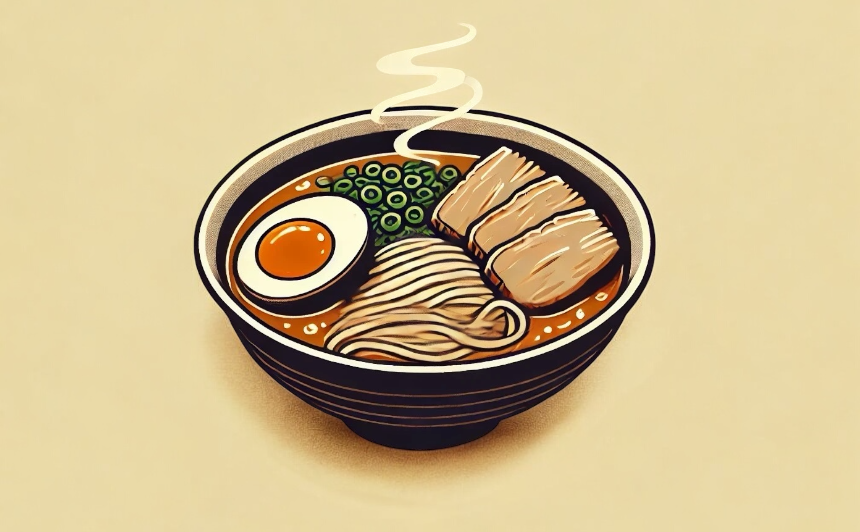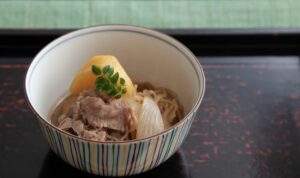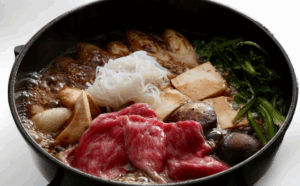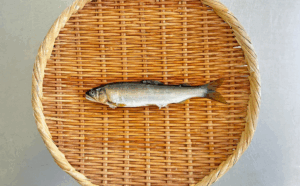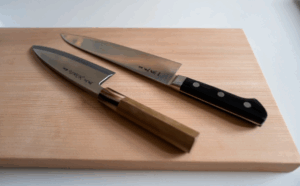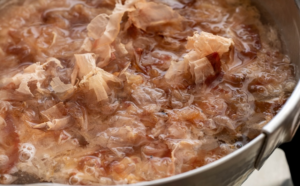“What would you say if someone asked, “Is ramen washoku?”
You might find yourself pausing and thinking, “What really counts as washoku or Japanese food?”
That’s what I am getting into today.
How the Debate about Washoku Started
It all started back in 2013 when UNESCO added “washoku” (traditional Japanese cuisine) to its Intangible Cultural Heritage list. Before then, we didn’t really think much about the food that doesn’t have a specific form or is eaten on the go. But when Japan applied for a UNESCO designation, they had to pin down what “washoku” is.
That’s when the conversation started to take shape. Let’s say ”kaiseki,” for example, which is no doubt considered washoku, but what about curry and rice? Or ramen?? That’s when people started to question where the line should be drawn.
A lot of locals might go for menus like curry and rice or ramen daily, maybe often more than what we think of as “traditional” Japanese dishes. Because I teach Japanese cuisine, people assume I only like traditional menus, but honestly, I sure enjoy curry and rice and ramen!
The Origins of Curry and Rice and Ramen
Curry and rice has been around in Japan since the Meiji era. Curry originally comes from India, but Japanese curry and rice did not come directly from India. It began when the Japanese Navy learned to make it by following the example of the British Navy. One reason curry became deeply ingrained in Japanese daily life is that It went so well with Japan’s fluffy, moist rice. Today, it is transformed into this unique local style we know of today. Now, it’s pretty much considered a national dish, enjoyed by all generations.
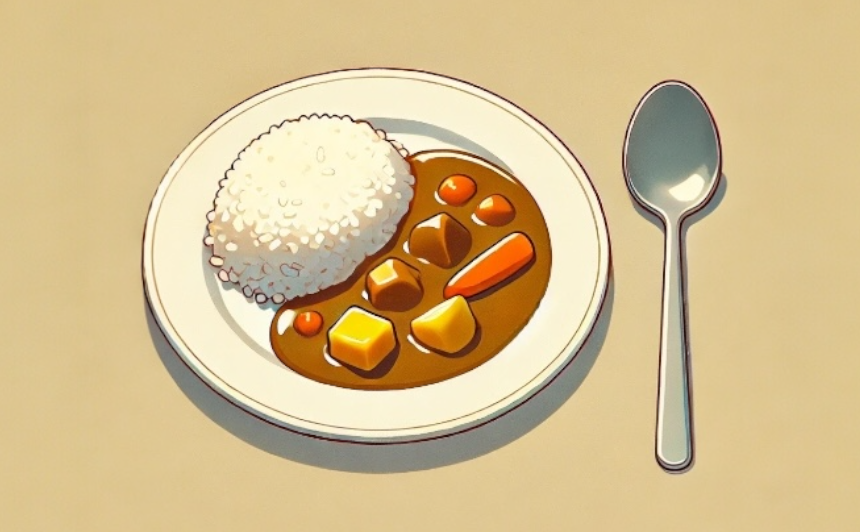
Ramen originally came from China, and at first, it was called “Shina soba” (Chinese soba). Today, it is pretty much considered a national dish, enjoyed by all generations.
Time to Give It the Washoku Stamp?
So, how did the curry and rice and ramen discussion come about?
The fact is, they didn’t make it into the official washoku definition. It’s because they put the definition in the “1950s Japanese home dish” box, instead of practically recognizing these two as a staple in today’s food scene in the country. Back then, curry and rice and ramen were more of a restaurant thing than family meals, so they didn’t quite fit the bill.
But who knows? When something is around for long enough, you know it could get a chance to be “officially” recognized. For example, dishes like tempura and sukiyaki, which also started out overseas, are now seen as completely Japanese.
Ramen might just be on that same journey — it’s already gaining some unofficial status as Japanese food that uniquely captures the flavors of the locals. Even “gyoza,” super popular meat dumplings, have already made their way into the Japanese cuisine list in some English dictionaries.
These changes are happening right now, so it’ll be interesting to see what comes next!
Defining Washoku
Finally, when someone asks, “What exactly is washoku?”, it can be a tricky question to answer, because the meaning is not really set in stone.
But if I had to sum it up, I’d say, “Japanese cuisine comes down to water and fermented seasonings.” Japan’s got a lot of water resources, and it’s easy to see why the flavor of its food is so influenced by its water. When making dashi, for example, the taste of the water becomes a big part of the dish. Cooking methods like simmering, boiling, and steaming have also developed thanks to Japan’s rich water supply.
Another key player is fermentation. Think soy sauce, miso, mirin, sake, and vinegar—all made through this very method. So, it’s fair to call a dish washoku when it uses these fermented seasonings well.
I look forward to chatting more about the concept of washoku from different angles in the future, and would love to hear what you think about it too!

